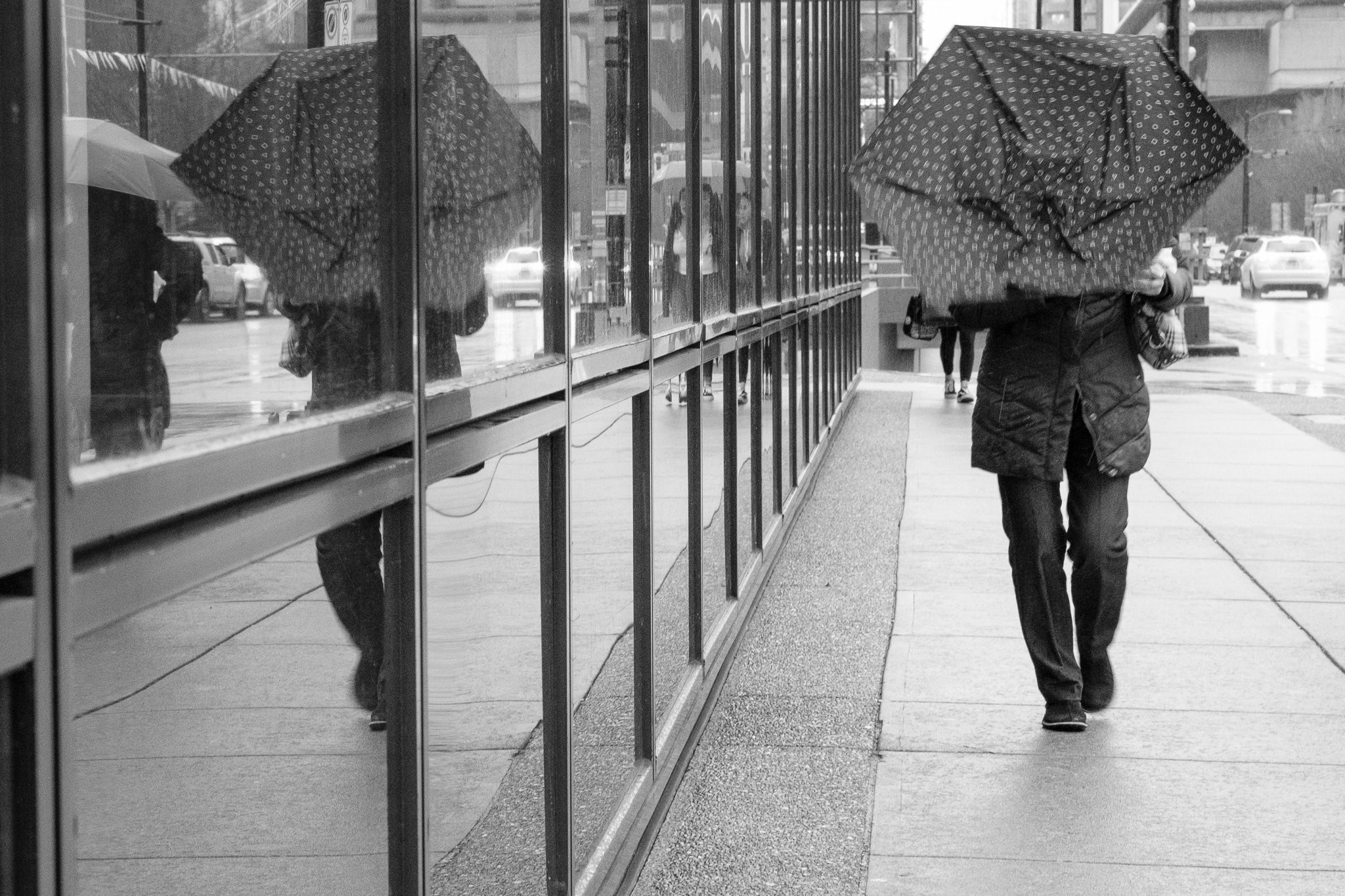Some Ideas on Framing Streets You Need To Know
Table of Contents8 Easy Facts About Framing Streets DescribedSee This Report on Framing StreetsWhat Does Framing Streets Do?5 Easy Facts About Framing Streets ShownIndicators on Framing Streets You Should KnowFraming Streets for Beginners
Photography category "Crufts Dog Show 1968" by Tony Ray-Jones Road digital photography (likewise occasionally called candid photography) is photography conducted for art or questions that includes unmediated chance experiences and random cases within public locations, normally with the goal of catching pictures at a crucial or touching minute by careful framing and timing. 
Not known Details About Framing Streets
Susan Sontag, 1977 Street photography can concentrate on individuals and their behavior in public. In this respect, the street professional photographer is comparable to social docudrama professional photographers or photojournalists who likewise function in public areas, yet with the purpose of recording newsworthy events. Any one of these digital photographers' photos might record individuals and residential property noticeable within or from public areas, which usually entails navigating ethical issues and laws of privacy, security, and property.
Depictions of day-to-day public life develop a genre in almost every duration of world art, starting in the pre-historic, Sumerian, Egyptian and early Buddhist art periods. Art managing the life of the street, whether within sights of cityscapes, or as the leading motif, shows up in the West in the canon of the North Renaissance, Baroque, Rococo, of Romanticism, Realism, Impressionism and Post-Impressionism.
Not known Facts About Framing Streets
Louis Daguerre: "Boulevard du Temple" (1838 or 1839) In 1838 or 1839 the initial photo of numbers in the street was taped by Louis-Jacques-Mand Daguerre in among a pair of daguerreotype sights extracted from his studio window of the Blvd du Holy place in Paris. The second, made at the height of the day, reveals an unpopulated stretch of road, while the various other was taken at about 8:00 am, and as Beaumont Newhall reports, "The Blvd, so constantly full of a relocating bunch of pedestrians and carriages was perfectly singular, other than a person that was having his boots brushed.
, who was inspired to undertake a similar paperwork of New York City. As the city established, Atget helped to promote Parisian streets as a worthwhile topic for photography.
Things about Framing Streets
The principal Mass-Observationists were anthropologist Tom Harrisson in Bolton and poet Charles Madge in London, and their initial report was produced as guide "May the Twelfth: Mass-Observation Day-Surveys 1937 by over 2 hundred viewers" [] Window cleaner at Kottbusser Tor, Berlin, by Elsa Thiemann c. 1946 The post-war French Humanist College digital photographers located their subjects on the street or in the diner. Andre Kertesz.'s commonly admired Images la Sauvette (1952) (the English-language edition was titled The Crucial Minute) advertised the idea of taking a picture at address what he termed the "crucial minute"; "when type and content, vision and composition combined right into a transcendent whole" - vivian maier.
What Does Framing Streets Mean?
, then an instructor of young children, linked with Evans in 193839.'s 1958 publication,, was significant; raw and commonly out of emphasis, Frank's pictures questioned mainstream photography of the time, "challenged all the formal guidelines laid down by Henri Cartier-Bresson and Walker Evans" and "flew in the face of the wholesome pictorialism and sincere photojournalism of American magazines like LIFE and Time".